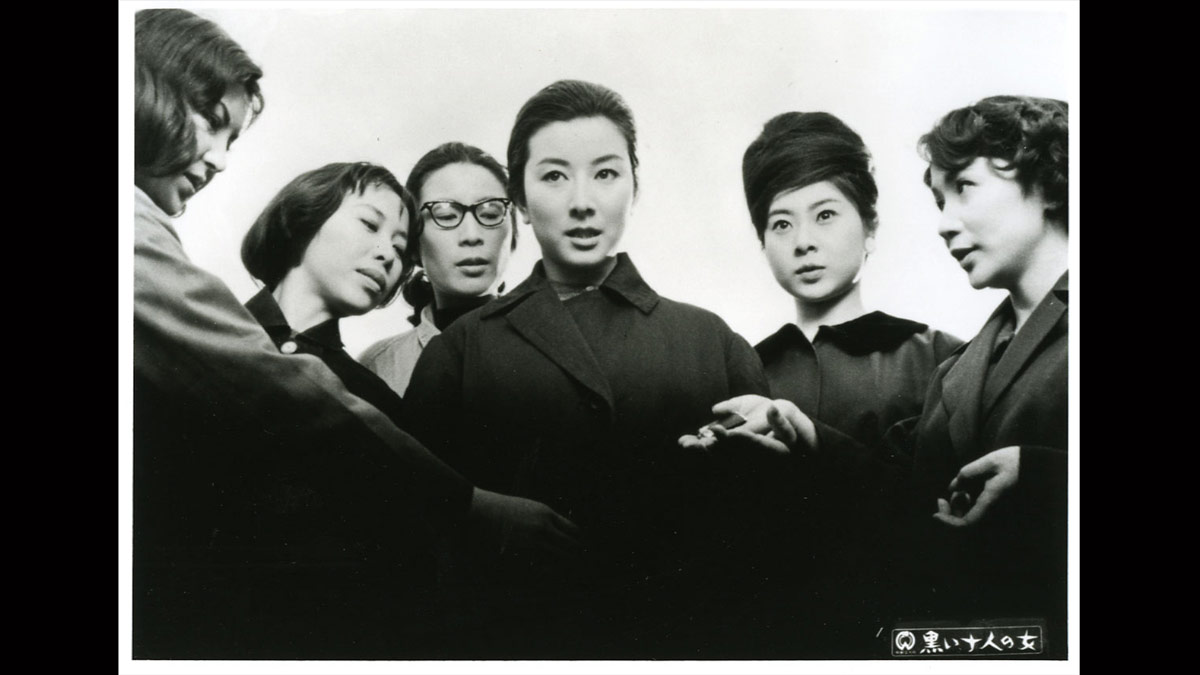2017.08.22
Shibuya movies that revived many masterpieces
There are times when these phantom movies make their appearance on very rare occasions. For example, some of the films held by the National Museum of Modern Art's Film Center include films for which film companies do not have screening prints, so if you carefully check screenings, you may come across unexpected works. be. In fact, ``Ten Dark Women'' is one such film, and was screened at the Film Center in 1983 in memory of Natsuju Wada, who wrote the screenplay.
Yasuhi Konishi, who had not yet formed Pizzicato Five, discovered this work at this time. Since then, Konishi has promoted this work at various times, and Konishi contributed a song to the compilation album ``Bettenchi'' released in 1986 under the name YOUNG ODEON, which is exactly called ``Ten Dark Women''. .
Even more years The Day After, ``Ten Dark Women'' was revived in Pizzicato Five Presents, but the situation surrounding movies in the 1990s was involved.
Roppongi WAVE, which handles video and music media, once stood where Roppongi Hills now stands. It was a seven-story building with a music shop on the first to fourth floors and a studio above. There was a mini-theater in the basement that showed art movies. Cine Vivian Roppongi.
In 1991, a revival of `` Nack '' (1965) by Pizzicato Five + The Collector's Presents was screened at this theater, and it became a hit. An increasing number of young viewers began to watch plays not only because of the classics, but also from the perspective of the music, fashion, and visuals used in the plays. As the center of youth culture eventually moved from Roppongi to Shibuya, mini-theaters in Shibuya, including Cine Saison Shibuya, produced performances of `` Barbarella '' (1968), `` Dune '' (1970), and `` The Golden Seven' '. ' (1965) and other works from the 1960s such as Godard's works began to be revived one after another. At the same time, the word "Shibuya-kei" became popular.
Shibuya-kei is a Japanese indie label that was loved by Japanese music artists who were recommended by Hiroshi Ota, who was a buyer at HMV Shibuya store around 1993, and by music enthusiasts who frequented small record shops in Udagawa-cho. Yasuhi Konishi of Pizzicato Five, who was considered to be a Shibuya-based artist, , Kahimi Kary, and others were well versed in movies, so not only music but also the movies that Shibuya-kei musicians and their listeners liked were sometimes categorized as ``Shibuya-kei movies.''
This style of viewing, which frees us from the content and theme of works that were not highly acclaimed or understood at the time of their release, attracted audiences beyond traditional movie fans, including music fans. In fact, that's why related products such as elaborately designed pamphlets, soundtracks, and T-shirts and tote bags in collaboration with fashion brands sold like hotcakes at theater concession stands.
Kon Ichikawa, a living master who was rediscovered by young audiences


